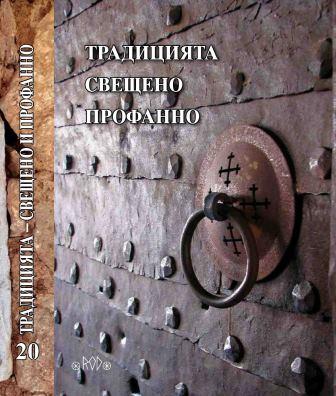„ЗАТВОРЕНИ“ МУЗЕИ – „ОТВОРЕНИ“ МУЗЕИ
“CLOSED” MUSEUMS – “OPEN” MUSEUMS
Author(s): Silvia Trifonova-KostadinovaSubject(s): Anthropology, Social Sciences, Cultural Anthropology / Ethnology, Culture and social structure
Published by: Асоциация за антропология, етнология и фолклористика ОНГЬЛ
Keywords: museum; COVID; heritage; cultural policies; exhibitions; social media;
Summary/Abstract: The text focuses on the challenge of the COVID 19 pandemic to society and its reflections on museum work. From a distance, the surprise of the spread of the disease and the policies to deal with it can be traced, as well as the recommendations of world organizations – UNESCO, ICOM, NEMO, EMA, which are involved in the work of museums. Analysis shows that the pandemic has a lasting impact on the development of mu¬ 476 seum institutions in terms of their communication with their audiences. The situation is difficult for the world’s museums, and the far smaller ones are facing a changed environment and lack of resources. The process of change, to which they have been moving slowly and uncertainly for more than two decades, has accelerated to an unexpected rate. Online communication has become an important element of the new normality, but not many are prepared for this way of communicating. After reviewing many initiatives in Europe and in our country, the text focuses on the activities of the museum in Ruse and those in the partner museums of Giurgiu, Romania and Kikinda, Serbia. The Ruse Museum pursues a policy of self-presentation, focusing on all museum activities – work with funds, scientific, pedagogical, exhibition. Special emphasis is placed on the presentation of objects with stories, in accordance with its policy of involving audiences and sought-after participation of audiences. Online publications attract the interest of potential audiences in double the amount from before the closure. The museum in Kikinda creates its own information sections, and the one in Giurgiu uses You Tube for animated presentations. Despite the complicated situation, museums in Bulgaria have made efforts to be close to their audiences. Realizing their strengths and responsibilities, they capture the dynamics of what is happening and become active institutions. Looking for new events, creating initiatives, museums in our country try to attract attention with a variety of approaches and regardless of the real benefits of each of them, this desire for activity transforms them, makes them visible and distinctive.
Journal: Годишник на Асоциация за антропология, етнология и фолклористика »Онгъл«
- Issue Year: 2021
- Issue No: 20
- Page Range: 445-476
- Page Count: 32
- Language: Bulgarian
- Content File-PDF

